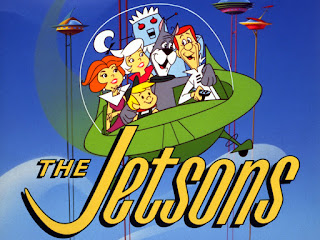As my second event, I went to the Fowler Museum and saw the Making Strange exhibit by Vivan Sundaram. This exhibit consisted of various mannequin's and dummies dressed in wearable outfits made out of various materials including medical equipment and other recyclable materials. While these pieces were actually quite beautiful works of art they appealed to a darker meaning. The inseparable connection between the human body and "stylish" garments was apparent. When bringing in the medical objects, Sundaram really creates a fine line between sickness and societies desire to be physically appealing.
This exhibit made me think of the medical technology unit that was discussed. One piece was a mannequin wearing an aesthetically pleasing looking clear outfit made out of medical tubes. While this actually looked like a visually pleasing piece of art, the idea that these tubes keep sick people alive makes an interesting dynamic. While some of the pieces were bright and cheerful, such as a mannequin dressed in a red dress made out of bras, there was pieces like the tube outfit that were more morbid. The contrast in this exhibit was really interesting and I found it to be successful in the artists desire to create a fine line between the idealized idea of fashion and the realistic ideas of sickness and death. I would recommend this exhibit because it really made me rethink my priorities when it comes to daily materialistic things just from these simple yet intriguing works of art.
April 19–September 6, 2015. Fowler Museum





















